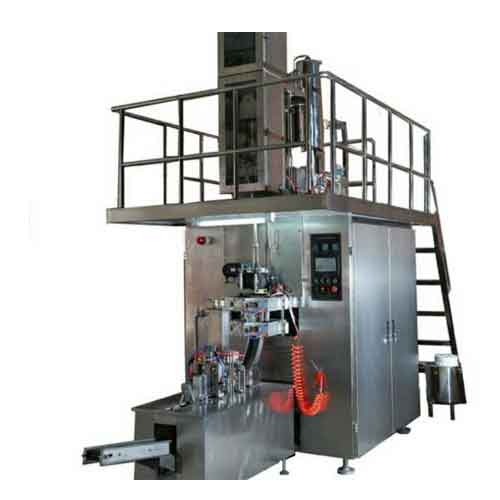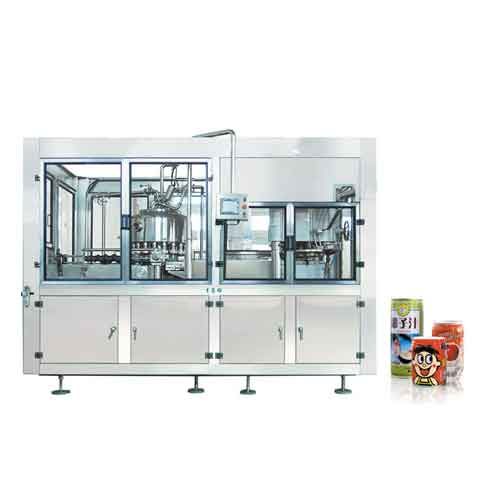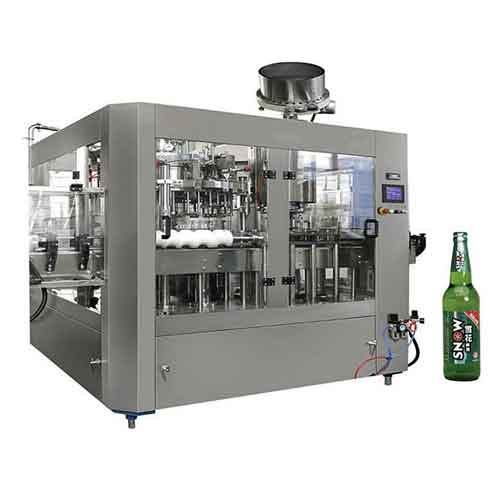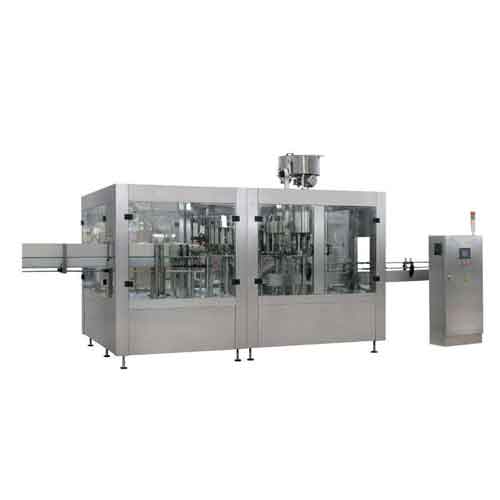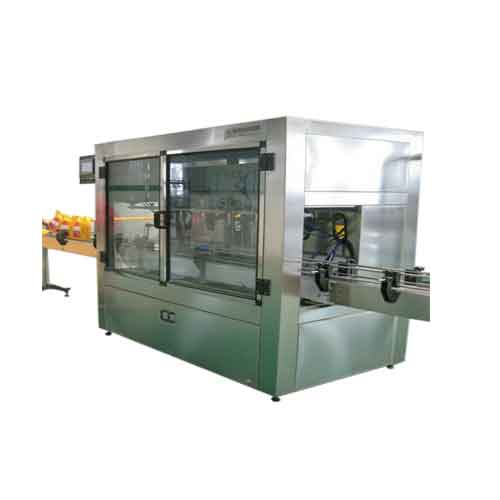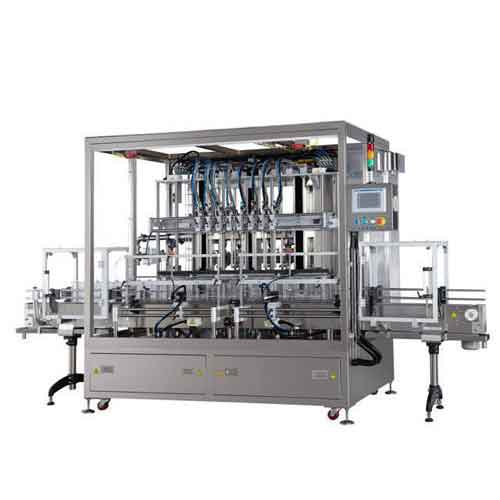Your infant formula production line is a marvel of efficiency. But there's a silent problem that could be costing you more than you realize: airborne powder. This fine dust seems harmless, but it quietly threatens your product quality, employee safety, and even your facility itself. Every day you ignore it, the risks of cross-contamination, respiratory issues for your team, and even a catastrophic dust explosion grow, turning a manageable issue into a potential crisis.
To effectively control dust during infant formula canning, you need a multi-layered strategy. This starts with understanding the physical properties of your powder and identifying the main dust generation points in your process, like feeding, mixing, and filling stations. Then, you must implement robust engineering controls, such as high-efficiency dust collection systems with Local Exhaust Ventilation (LEV) at the source. Finally, you should follow strict operational protocols and ensure your facility design minimizes dust accumulation, all while complying with safety standards. This approach is critical for protecting workers and ensuring product integrity.

Why Is Dust a Bigger Deal Than You Think?
The Hidden Dangers of Powder Dust
You see a little haze in the air around the filling machine and think it's just part of the process. But that "haze" is made of fine, combustible particles. These particles can be inhaled by your workers, leading to long-term respiratory problems. They can also cross-contaminate different product batches, introducing allergens or pathogens that trigger expensive recalls and damage your brand's reputation. The problem isn't just what you see; it's the unseen risk that builds up over time.The primary dangers of powder dust in food processing are threefold.
First, there's the health risk to employees from inhaling airborne particles, which can cause occupational asthma and other respiratory illnesses.
Second is the risk of product cross-contamination, which can compromise food safety and lead to recalls.
Third, and most severe, is the risk of a combustible dust explosion. Many food ingredients, including milk powder, sugar, and flour, can become explosive when suspended in the air in a confined space with an ignition source.
The Compliance Nightmare
You believe your housekeeping is good enough to keep regulators happy. But standards are getting stricter. Tomorrow, officials from the government regulatory agency might come to inspect. They aren't just looking for clean floors; they're assessing your entire dust management system. A single violation could lead to heavy fines, forced shutdowns, and a mountain of paperwork, turning your production schedule upside down and putting your compliance status at risk.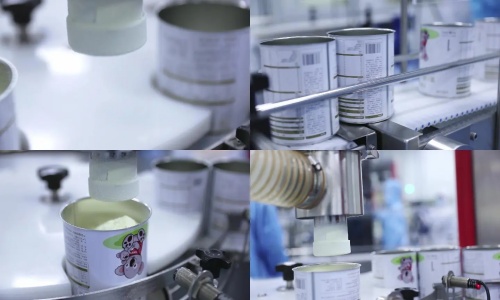
Where Does All That Dust Come From?
Identifying the Key Dust Hotspots
You've placed a general ventilation system in your plant and assume it's catching everything. But dust doesn't spread evenly. It escapes at specific, high-energy points in your process. If you don't know exactly where these points are, your control measures are just guesswork. You could be wasting energy on general air cleaning while the biggest sources of dust continue to pump particles into your facility, making your efforts inefficient and ineffective.Dust generation in powder handling occurs at several key stages. The most significant hotspots are transfer points where the powder is in motion or changes direction. These include:
· Ingredient Tipping and Feeding: Where raw materials are first introduced into the system.
· Conveying and Lifting: As powder moves through the production line.
· Mixing and Blending: High-energy processes that agitate the powder.
· Filling and Packaging: The final stage where powder is dispensed into cans, often creating a plume of dust.
Each of these stages requires targeted dust control because this is where the material is most likely to become airborne.
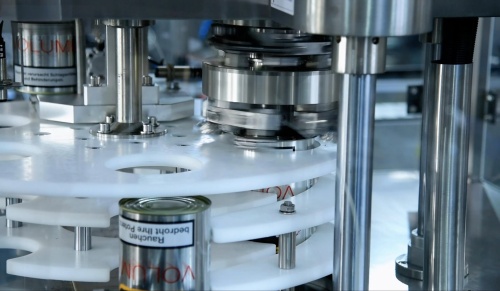
What Are the Best Solutions for Dust Control?
Engineering Controls: Your First Line of Defense
You've given your team masks and told them to be careful. But personal protective equipment (PPE) is the last line of defense, not the first. Relying on it means you've already accepted that dust will be in the air. This approach doesn't solve the root problem and can create a false sense of security. A single failure in PPE or human error can lead directly to exposure or contamination, proving that this strategy is reactive, not proactive.The most effective way to control dust is to capture it at the source using engineering controls. The primary solution is a well-designed dust collection system. This system should use Local Exhaust Ventilation (LEV), which involves placing hoods or enclosures directly at the dust-generating hotspots, like the filler head. The air is then pulled through ductwork to a collector, such as a baghouse or cartridge collector, which filters the dust out before releasing clean air. This method prevents dust from ever entering the general workspace, protecting both workers and the product.
Advanced Technology: Smart Dust Management
Your current dust collector runs on a simple on/off switch, operating at full power all day. This seems reliable, but it's incredibly inefficient. It uses a massive amount of energy and causes unnecessary wear and tear on the system. You have no real-time data on its performance or whether it's actually capturing dust effectively. You're flying blind, hoping your system is working, while wasting money on energy and maintenance without any real insight.Modern dust control systems are moving beyond simple extraction. Advanced systems now incorporate smart technology for greater efficiency and safety. For example, AI-powered systems use sensors to monitor dust levels in real-time. These systems can automatically adjust fan speeds, activate water spray systems, or trigger pulse-jet cleaning cycles in the collector only when needed. This data-driven approach optimizes energy consumption, reduces maintenance, and provides alerts for potential issues, ensuring your system is always performing at its peak. Some systems can even integrate with your plant's overall control system to shut down processes automatically in the event of a fire or explosion risk.
Your Next Steps to a Dust-Free Facility
Controlling dust in your infant formula canning line isn't just about cleanliness; it's a fundamental part of ensuring safety, quality, and operational excellence. By understanding the risks, identifying the sources, and implementing a combination of robust engineering controls and smart technology, you can protect your people, your product, and your business.Union Machinery has been engaged in food machinery customization services since its establishment in 2014, according to customer needs for you to tailor suitable machinery and equipment, for more product information, please refer to: Milk Powder Filling Production Line;Our expertise and advantages will bring you more opportunities and development space.
For personalized, industry-tailored advice and to explore state-of-the-art solutions, please don't hesitate to contact us at info@unmachinery.com
The following is other knowledge related to milk powder packaging line that I have summarized based on long-term work experience, for your reference. I hope it will be helpful to you.
1.How to Build an Efficient Canned Milk Powder Packaging Line?
2.How to Select the Right Infant Formula Packaging Equipment for Global Markets?
3.What Are Common Problems with Powder Filling Machines and How to Fix Them?
4.What Are the Common Types of Infant Formula Packaging Machines?
5.How to best analyze the price and cost-effectiveness of milk powder canning equipment?

